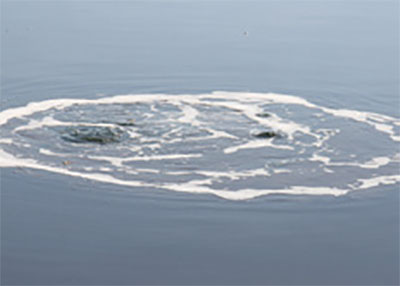
Case
Study
Location
Torrumbarry, Victoria
Crop
Dairy
Sieben Family, ‘Brindabella Holsteins’ Torrumbarry VIC
A belching effluent pond is a beautiful sight for people who know what it means. For Scott and Jade Sieben it is money in the bank. The couple milk 250 cows at Torrumbarry, 20 minutes from Echuca, in northern Victoria.
The couple’s 250-cow herd, which includes 30 percent Jerseys with the balance registered Holsteins under the Brindabella prefix, average 9000 litres per cow per year. They produce 2.3 million litres annually off 230ha. Scott and Jade have achieved farm ownership from the ground up, so every dollar counts.
Last year, they started using BioAg’s Digest-it® for Dairies to address the condition of their effluent pond. Digest-it is a fermented culture, developed to help create and maintain a balanced microbial environment in effluent ponds.
Simply by pouring two litres of the ready to use liquid product on to their yard before the wash down every day, they have not only broken up their effluent pond’s crusty surface (by stimulating the microbial digestion of organic matter), they have also eliminated the smell historically associated with manure ponds.

Scott Sieben has captured a priceless liquid fertiliser from his fully functioning effluent pond.
“…more critically, they have also captured a priceless liquid fertiliser within their 2.5 megalitre pond, which has made a quantifiable contribution to their operation”
However, more critically, they have also captured a priceless liquid fertiliser within their 2.5 megalitre pond, which has made a quantifiable contribution to their operation.
They use their slurry spreader to deliver the pond’s environmentally friendly nutrient dense liquid to their crops.
Last year with conventional fertiliser their corn crop yielded 20 tonnes of dry matter per ha. This year with Digest-it in the mix and less than half last year’s $8000 fertiliser bill, they achieved 22 tonnes of dry matter per ha, with the entire corn crop stand in a green vegetative state. And those were not the only differences Scott noticed.
“Our sumps are never blocked up now, because there’s no build-up of manure. It’s an amazing product. Our pond used to absolutely reek. Now, there’s no smell at all. Even when we would pump the water on to the paddocks with the slurry spreader, there’s no smell.”
“We also shandy it into our irrigation channels at different times of the year at a rate of 7500 litres every 14 minutes. The worm population in the soil has exploded and I reckon you can see a difference in the quality of the soil too. We are growing heaps better feed than we used to.”
That is why the liquid from the ponds (which habitually turn a smoky red colour when the pond is in good health) has been likened to ‘red wine’ or ‘red blood’ – because it’s full of the good stuff.
Non-performing effluent systems shout ‘help’ by presenting with persistent surface crusting and smell. It is the result of the depletion of oxygen in the water, combined with a lack of sunlight that inhibits microbial digestion.






“Our pond used to absolutely reek. Now, there’s no smell at all. Even when we would pump the water on to the paddocks with the slurry spreader, there’s no smell”
Digest-it for Dairies counters that with a rich source of vitamins, minerals, protein, enzymes, amino acids, carbohydrates, dormant organisms and growth promoters. In essence, nutrients that are locked-up in suspended solids are converted into plant available soluble nutrients, reducing the need for de-sludging.
The product’s signature bubbling and belching is a result of the elevated aerobic microbial activity.
Scott’s observations line up with the science, but in the end it was simple maths for this savvy dairy farmer.
“I never expected Digest-it to be that good when we started using it. But I wouldn’t go back now,” Scott said.
Download case study
Download a PDF version of the above case study.

Recent Comments